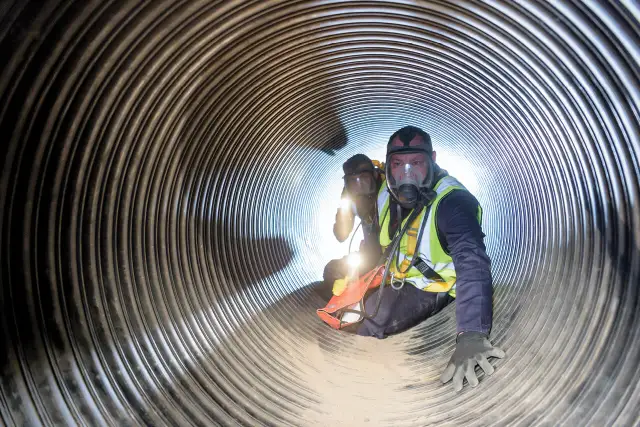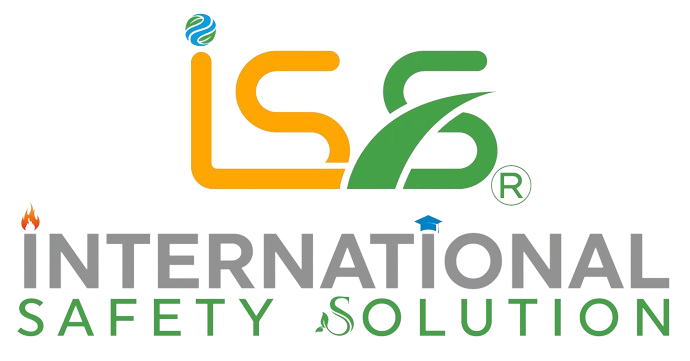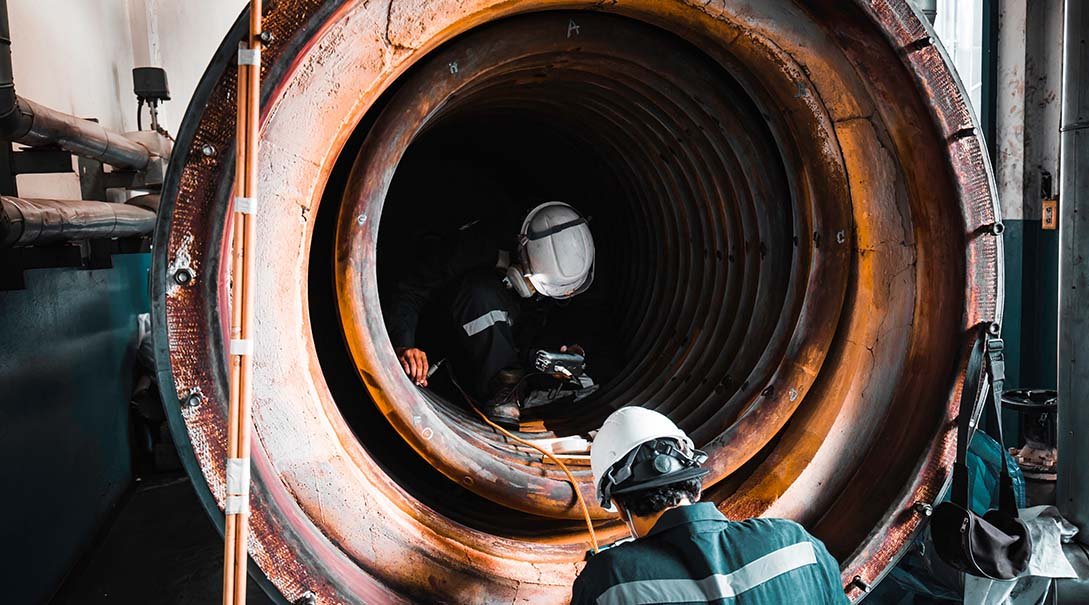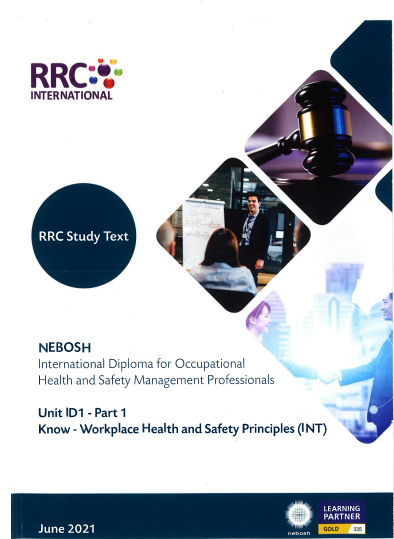Understanding Confined Spaces: What They Are and Why They Matter
In our daily lives, we might see spaces that look normal but can be dangerous in some situations. Confined spaces are one of these and need special care because they can be risky.

What is a Confined Space?
A confined space is a place not made for people to stay in for long, but big enough for someone to enter and work. These spaces usually have small openings to get in and out. Examples are:
- Storage tanks
- Silos
- Pipes
- Sewers
- Crawl spaces
- Underground rooms
Characteristics of Confined Spaces
Confined spaces have three main features:
- Hard to Enter and Exit: These places often have small or narrow openings, making it hard to get in or out.
- Not for Regular Use: They are made for storing things or running processes, not for people to stay in all the time.
- Can Be Dangerous: Confined spaces might have bad air, harmful materials, or risks of getting trapped.
Common Dangers in Confined Spaces
Confined spaces can be dangerous for several reasons:
- Low Oxygen: Some spaces don’t have enough air to breathe because of chemical reactions or other gases taking up space.
- Toxic Gases: Poisonous gases like carbon monoxide can build up.
- Fire and Explosion: Flammable materials can cause fires or explosions.
- Physical Risks: Falling objects or collapsing walls can hurt workers.
- Getting Trapped: Materials like sand or water can cover and trap a person.
Safety Tips for Confined Spaces
To stay safe in confined spaces, follow these steps:
- Check for Risks: Look for any dangers in the space before entering.
- Use Ventilation: Make sure there is fresh air by using fans or vents.
- Wear Safety Gear: Use helmets, gloves, masks, and other protective items.
- Keep Checking the Air: Use devices to check oxygen levels and find harmful gases.
- Have an Emergency Plan: Be ready with a rescue plan in case something goes wrong.
- Train Workers: Teach workers about the dangers and how to stay safe.
Why It’s Important
Knowing about confined spaces and their risks is crucial for people working in areas like construction, factories, or utilities. Following safety steps can save lives and prevent accidents.
Conclusion
Confined spaces may seem simple, but they can be very dangerous. By understanding the risks and using proper safety measures, we can make sure workers stay safe while doing their jobs in these tricky areas.




